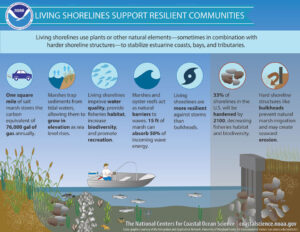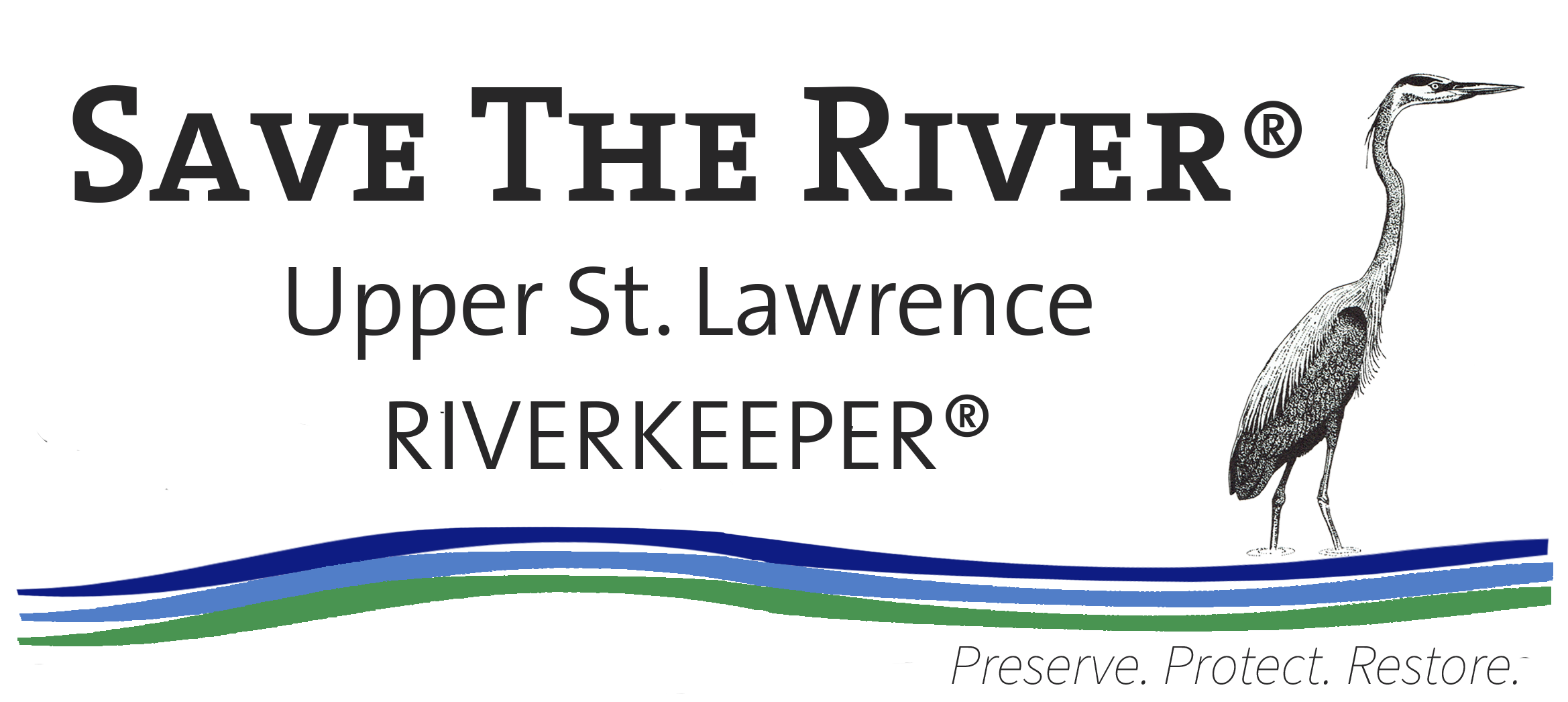REDI Projects
By: LE
New York State’s Resiliency and Economic Development Initiative (REDI) was created in response to the extreme high-water events on Lake Ontario and the St. Lawrence River caused by record precipitation in 2017 and 2019. REDI aims to increase resiliency of shoreline communities and bolster economic development in the identified regions through funding opportunities.
$300 million dollars in funding were designated for the Initiative. Some of these funds were allocated to specific uses, such as homeowner assistance or regional dredging. To determine how the remaining funds would be used, five REDI regions were identified to define local priorities. Jefferson and St. Lawrence was established as one of the regions, and our regional projects were announced in 2019. If you are interested in reading more about REDI, please follow this link: Lake Ontario REDI.
There are 38 municipal REDI projects within Jefferson and St. Lawrence Counties. For a list of them follow this link: Regional REDI Projects. In this article, we’re highlighting three projects that Save the River has been following with interest.
- Fort de La Presentation Trail, City of Ogdensburg. This project addresses erosion and flooding on the interpretive trail and on the western shore of Van Rensselaer Point. The trail is impassable during high water events. Of note: the resilient shoreline part of this project.
- Market Street Sewer Project, Village of Cape Vincent. This project upgrades the sewage collection system and prevents sewage discharges during flood events. Of note: STR is always excited to hear about upgrades that keep raw sewage out of the river.
- New Access to Village, Docks, Infrastructure, Town of Lyme. This project creates a public park and public docks in the Village of Chaumont. Of note: the resilient shoreline part of this project.
Two of these projects are of interest to Save the River because of their resilient shorelines. Resilient is a buzzword currently being used in many different contexts. We might think of it as green infrastructure and living shorelines. It might be interpreted to mean adding additional height to a concrete seawall. For this article we’ll use the NYS Department of State definition:
The capacity for a community and its ecosystem to withstand extreme events and other forces or risks; quickly recover the interconnected social, economic and ecological systems’ structure and function in the aftermath of a disaster; and develop ongoing adaptability to rapidly changing environmental conditions and forces. (NYS CMP, 2016)
It is important to note that each site is different. A vacant lot may only require a few plants to stabilize an eroding shoreline. A house built on a bluff may require a vertical wall of concrete or steel, or may require being relocated to a more stable location. A resilient shoreline is one that can withstand and recover from disaster.

In the Town of Lyme, the REDI project creates a public park and public docks in the Village of Chaumont. The preliminary engineering report was prepared by BCA Architects and Engineers (BCA), and the Town selected a design that will create the Town of Lyme Veterans Memorial Public Park. This park creates village docks, a launch for kayaks and canoes, walkways, parking, shoreline protection, and an information kiosk. Reducing the risk of damage and shoreline erosion has been part of the discussion since the first report.
Why is STR interested in these REDI projects? This is the point where we can use our voices to make changes. Similar strategies are likely to be implemented in different locations all along the river, and while a hardened shoreline works in some places, it is not always the answer. We have powerhouses in plants and trees; they are a natural way of managing erosion rates, they support healthy habitats, which in turn support healthy fish and wildlife, and a healthy river.
How do we create shorelines that are resilient to erosion? The Lyme project started where most projects begin: with a hardened shoreline, imposing limestone barriers that would serve as breakwaters. Through discussions with STR and other agencies, BCA’s engineers began to look at other options that would still create a resilient shoreline, but use softer techniques. They looked at ecotypes found in the Great Lakes, and evaluated how shoreline plantings can be used to prevent soil erosion – for more information follow NYS Ecological Regions. They shared their plant list, which STR shared with local experts. All partners were excited to see native plants being used to create resilient shorelines. STR just received word that the Lyme project has moved into the next phase, and look forward to seeing the project continue to progress.
The river community knows firsthand what it’s like to deal with extreme high water and extreme low water. The high precipitation of 2017 and 2019 was unexpected and unanticipated. When the next extreme water event occurs, we’d like to be more prepared for it. Property owners can take steps to promote long-term shoreline health. Resilient living shorelines with plants, sand, and natural barriers provide multiple benefits, including improved water quality and aquatic habitat.
Where do I learn more?
DEC Coastal Homeowner Program Guidance
DOS Coastal Lakeshore Economy and Resiliency Initiative (CLEAR) Website
